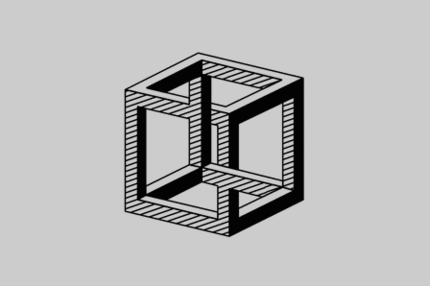| Mon | Tue | Wed | Thu | Fri | Sat | Sun |
|---|---|---|---|---|---|---|
| 1 | 2 | 3 | ||||
| 4 | 5 | 6 | 7 | 8 | 9 | 10 |
| 11 | 12 | 13 | 14 | 15 | 16 | 17 |
| 18 | 19 | 20 | 21 | 22 | 23 | 24 |
| 25 | 26 | 27 | 28 | 29 | 30 | 31 |
Lectures / 11/11/2009 7:30 pm
Art and Science?
How do Think Tanks think?
“By think tanks I mean the people who are paid to think by the makers of tanks.” This pun, devised by the American globalisation critic Naomi Klein, draws attention to the role of Think Tanks as nodes in what used to be called the “military-industrial complex”. The RAND Corporation, founded by the US Air Force in 1946, is generally regarded as the “mother of all Think Tanks”. In the light of today’s omnipresent need for consulting services and the equally omnipresent demand for creative approaches, interdisciplinarity and scientific excellence, these early years are worth looking at. What were the problems that a Think Tank was designed to solve? What king of consulting service does it offer? How is a Think Tank structured and organized? And above all: What marks the thinking of a Think Tank as something special?
continuative links:
Bibliography:
- Thomas Brandstetter, Claus Pias, Sebastian Vehlken (Hg.), Think Tanks. Die Beratung der Gesellschaft, Zürich 2009.





